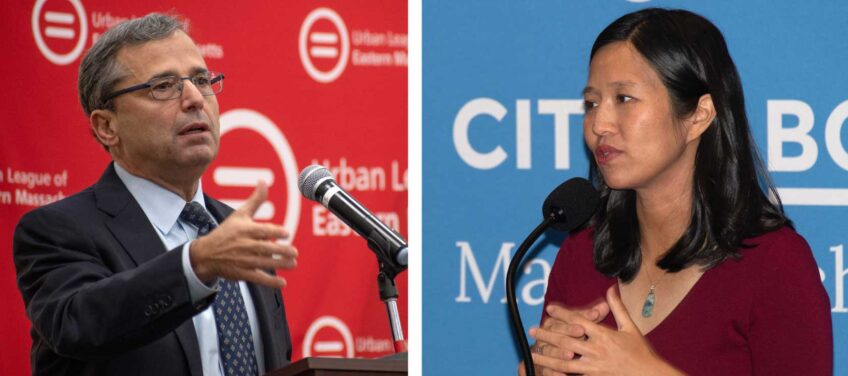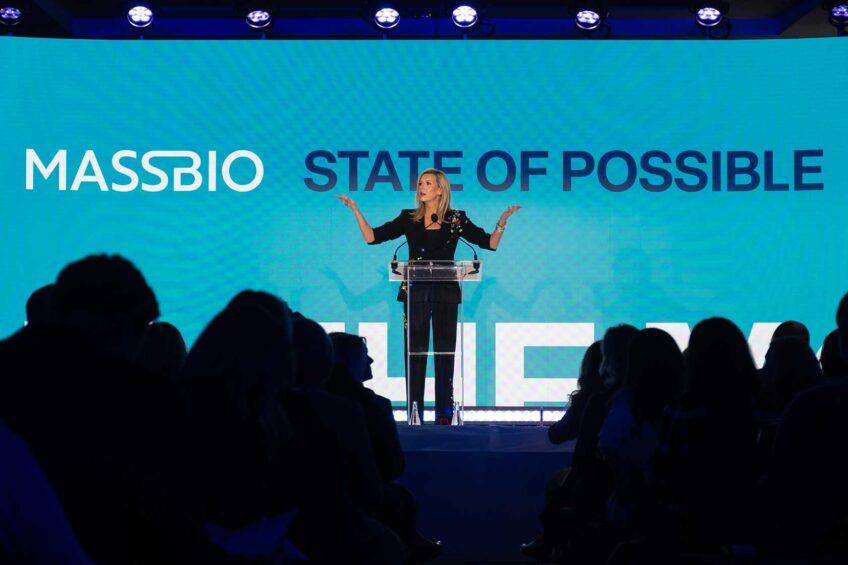
The Urban Housing Unit landed in Roxbury last week, occupying a vacant lot on the corner of Blue Hill Avenue and Gaston Street, with the rectangular white unit’s front door facing the street. Visitors could proceed through the glass entryway into the bedroom of the 380-square-foot dwelling, past a small bathroom and into the kitchen/dining/living room area — and be done with the tour in mere seconds.
On the web
Urban Housing Unit: www.liveuhu.com/why#why-should-communities-support-more-uhus-in-new-projects
See also Tom Acitelli, “Boston micro-apartments: a brief history of the trend,” Boston.curbed.com, Sept. 19, 2016 at http://boston.curbed.com/2016/9/19/12970722/boston-tiny-apartments-history
While the tour is as short as the unit is small, the experiment, developed by the Mayor’s Housing Innovation Lab, raises big questions about housing policy and the kinds of renters and buyers for whom city officials are planning. Chief among them: Are neighborhood residents ready for the micro-unit approach to housing that has spurred the construction of compact units in Boston’s super-heated Waterfront market?
City planners say the micro-unit, which they currently are displaying in different locations around the city, could help solve the pressing need for low-cost housing in the city. The demonstration unit, at 33’x13’, cost just $75,000 to build and could be constructed for even less if built in large quantities.
But neighborhood residents expressed skepticism about the need for the type of housing the unit represents.
“Families make up the majority of people in our neighborhood,” said Garrison Trotter Neighborhood Association President Louis Elisa. “We don’t want the housing they’re putting in the Seaport District. That’s not the kind of community we want to have.”
Elisa’s neighborhood group, which is active in the same area of Grove Hall where the Urban Housing Unit was installed, has advocated for the construction of large single- and multi-family units on vacant parcels in the area. But Max Stearns, a project manager with the Mayor’s Housing Innovation Lab, says that the city has a shortage of one-bedroom and studio units.
“Part of what we’re looking at is what doesn’t exist in the current housing market, what’s not available,” he said.
According to statistics compiled by the Housing Innovation Lab, 37 percent of Boston residents are single adults, but just 16 percent of the housing units are one-bedrooms or studios. Stearns said he did not know whether that percentage includes students living in dormitories.
While neighborhood activists in Boston and other cities typically are resistant to the spread of student housing, Stearns said the Urban Housing Unit concept could serve other populations in the city’s neighborhoods, including the elderly, recent high school or college graduates and formerly homeless people. While the units are substantially smaller than the 450 square foot limit allowed by city zoning, Stearns said the city could modify its zoning laws to allow for the units, as was done for micro-units built in the Seaport District.
Advantage of affordability
A key advantage is the low cost of construction. In a city where the average cost per unit of new housing construction — including land — is $400,000, the less-than-$75,000 construction cost could be a game changer, Stearns said.
“Affordability is tremendously important in every neighborhood,” he said.
The housing unit was constructed at the modular homebuilder Mod-Tech Homes’ Marshfield factory. It sits on a trailer so it can be towed to different sites where neighborhood residents can view it. In addition to its one-bedroom configuration, the housing modules could be combined to construct two- or three-bedroom units and stacked to form multi-unit housing.
Nuestra Comunidad Community Development Corporation Executive Director David Price said the low cost of the modular units could be helpful in meeting a growing need for affordable housing in Boston, but said the small size of the demonstration unit could be limiting.
“In the affordable housing world, it’s weighted toward families,” he said.
Still, Price said, he wouldn’t write off the micro-unit idea.
“You could build a lot more housing and the rents could be more affordable,” he said. “A lot of young people have jobs and can’t afford rents in the micro-units in the Seaport District. It’s a real opportunity.”
But Price said the city should first determine whether there’s really a demand for micro-units outside of the congested, high-rent downtown areas.
“We should have better data to see what the real need is,” he said.
As part of the roadshow, the UHU has travelled from City Hall Plaza to Roslindale, Mattapan, Dorchester and Roxbury. The unit will also be installed in East Boston, and Allston. The UHU has stayed in each neighborhood for roughly two weeks and all residents are encouraged to visit it to explore, comment, and ask questions. The full tour will run through October and specific details can be found at liveuhu.com.







